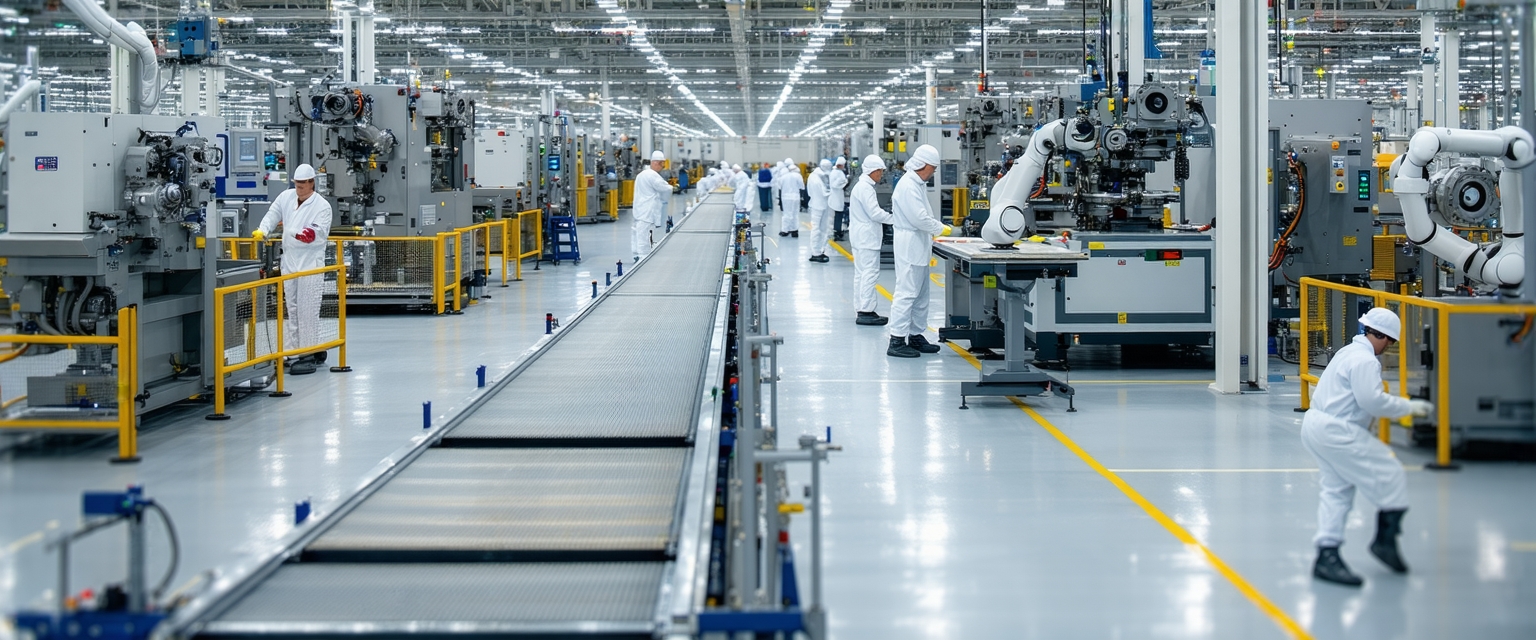






Smart manufacturing, the integration of digital technologies into industrial processes, is rapidly transforming the manufacturing landscape. Driven by advancements in data analytics, artificial intelligence (AI), and the Internet of Things (IoT), this paradigm shift promises increased efficiency, flexibility, and resilience. However, challenges remain in implementation and adoption.
The rise of smart manufacturing is rooted in the need for manufacturers to enhance productivity and competitiveness in a globalized market. Legacy systems often lacked the agility to respond quickly to changing consumer demands or supply chain disruptions. The convergence of affordable computing power, advanced sensors, and robust data analytics provided the technological foundation for a smarter, more responsive approach to manufacturing.
Recent developments focus on the refinement and expansion of existing technologies. AI-powered predictive maintenance systems are becoming increasingly sophisticated, allowing for proactive repairs and minimizing downtime. The use of digital twins – virtual representations of physical assets – is growing, enabling improved design, optimization, and training.
Furthermore, advancements in robotics and automation are leading to more flexible and adaptable production lines. The rise of collaborative robots (“cobots”) is facilitating a closer collaboration between humans and machines.
According to a report by Deloitte (“The Future of Manufacturing: How Digitalization is Transforming the Industry”), the adoption of smart manufacturing technologies is expected to significantly increase productivity and reduce operational costs. The report highlights the importance of data security and skilled workforce development in successful implementation. A separate study by McKinsey (“Smart Manufacturing: Where’s the Value?”) emphasizes the critical role of integrating data from various sources to gain a holistic view of the manufacturing process.
The future of smart manufacturing presents both significant opportunities and risks. The opportunities include enhanced efficiency, improved product quality, increased responsiveness to market demands, and the creation of new business models. However, challenges remain. Significant upfront investment is required, and data security concerns are paramount. The need for a skilled workforce capable of operating and maintaining advanced technologies is also critical.
Looking ahead, the convergence of smart manufacturing with other emerging technologies like blockchain and additive manufacturing will further transform the industry. The focus will be on creating more resilient, sustainable, and human-centric manufacturing ecosystems.
“`